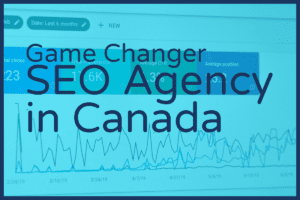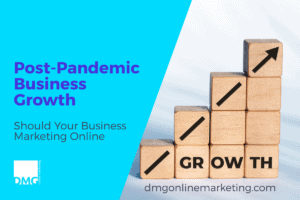 Pick any teenager off the street, give them a copy of Harry Potter and an insurance claim and ask them which one they would rather read. 100 out of 100 teenagers will say they would rather read Harry Potter, and you don’t even have to go out and get the readability scores to find that outcome. The easier the readability of something, the more likely it is to be read. It seems a little too obvious but there you have it.
Pick any teenager off the street, give them a copy of Harry Potter and an insurance claim and ask them which one they would rather read. 100 out of 100 teenagers will say they would rather read Harry Potter, and you don’t even have to go out and get the readability scores to find that outcome. The easier the readability of something, the more likely it is to be read. It seems a little too obvious but there you have it.
Readability Scores – Why it Matters
While not as black and white as the example we gave, the readability scores of your content marketing works in the same way. If you’ve got minced words and stutters and unnecessary jargon, people will skim over what you’ve written, and those who read it may not understand it. Here’s a quick exercise:
- Gastronomic offering specialties depend on your location amidst politically designated boundaries.
- Every country has its own cuisine.
These two sentences mean the exact same thing, and yet one is clearly better suited for content marketing than the other. You’re not just trying to reach an audience across an industry. You’re looking to communicate to age groups, too, and some may not understand try-hard vocabulary. The simpler you keep your writing, the more people you can reach with it.
The Science Behind it
Studies show that people read differently depending on whether they’re holding a book or reading a screen. Physical pages are given much more attention while on-screen text is often skimmed over, meaning that the longer your sentences are the less likely it is that people will register them. Your content marketing depends on your readers actually reading your information, but how can you tell if your content is being understood? How do you measure it?
Well, most word processors have a review option that gives your document a Flesch readability scores (named after Rudolf Flesch, the inventor of the scale) from 0-100. 60 or above means it is readable by anyone with a casual grasp of English, while scores below 60 are more easily understood by those with a higher exposure to the language. Scores near 0 indicate a document that would only be understood by an industry specialist. If you were to lay Harry Potter and that insurance claim side-by-side, how do you think their readability scores would compare?
If you’re struggling to figure out how to make your content more reader-friendly, here are a few tips about both layout and editing that should help you start on the right track:
- Paragraphs should be shorter, around six lines or less if possible, and make sure to separate them with whitespace.
- Shorter is better: use simple words and shorten your sentences to get points across easier.
- Keep the language simple. Remember: cuisine, not gastronomic offering. (Note: ignore this if you are writing technical content, in which case jargon may be unavoidable)
Successful content marketing relies as much on readability scores as it does on what you’re selling. Keeping your writing as succinct and informative as possible is the key to golden content, and that’s what you’re shooting for.



